
Overview
Students review and analyze national and state data about people with disabilities provided from national sources ( e.g., the U.S. Census Bureau and the national Centers for Disease Control and Prevention ) and create their own charts and graphs to present selected information. This lesson is designed for use in social studies and math units using graphs and charts to explore demographic information about people in the United States. Source documents provided with this lesson demonstrate the use of different forms of graphs to profile and analyze disability experience as part of a broader profile of people in the United States.
Civil Rights and Social Change Focus: Disability Awareness.
Grade Level: 9 to 12.
Subject(s): Math, Reading, Language Arts.
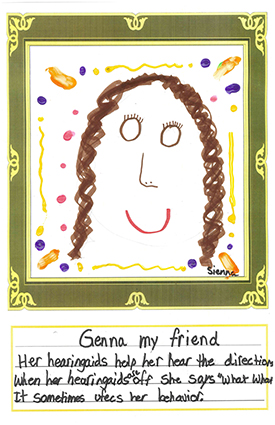
Learning Objectives
- Identify and present important information and trends about disability experience in the United States.
- Read and accurately interpret disability data presented in different formats.
- Understand and accurately use expected conventions to profile data in both bar and circle graphs.
- Compare the numbers and percentages of people with and without disabilities by different social characteristics ( e.g., age groups, gender, ethnic groups, veterans’ status, poverty status and employment status ).
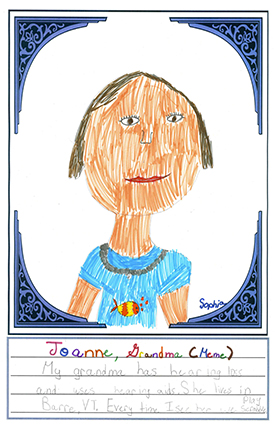
Standards
Participate in collaborative discussions with diverse partners.
Model with mathematics.
Use appropriate tools strategically.
Make sense of problems and persevere in solving them.
Look for and make use of structure.
Ask questions to clear up any confusion about the topics under discussion.
Review the key ideas expressed and draw conclusions in light of information and knowledge gained from the discussions.
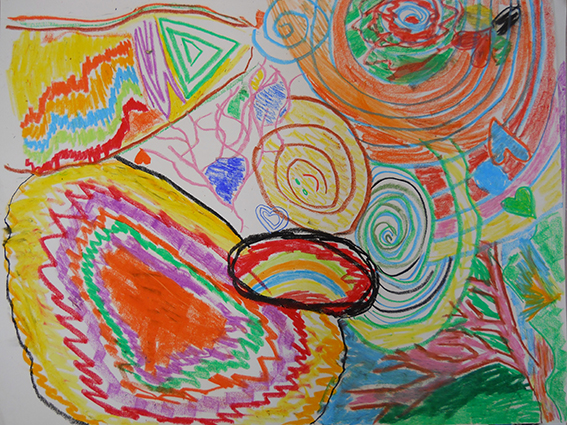

Materials
- Disability summary reports provided with this lesson.
- Compass, ruler, pencils, colored markers and plain and graph paper to make circle and bar graphs and/or computer and software set up for this purpose.
- Any reference or reminder sheets on standard conventions to use in making graphs.
Time: One 40-minute class session to introduce and create charts and another to finalize student work and have a class discussion.
Setting: Large group discussion with individual and/or small group work.
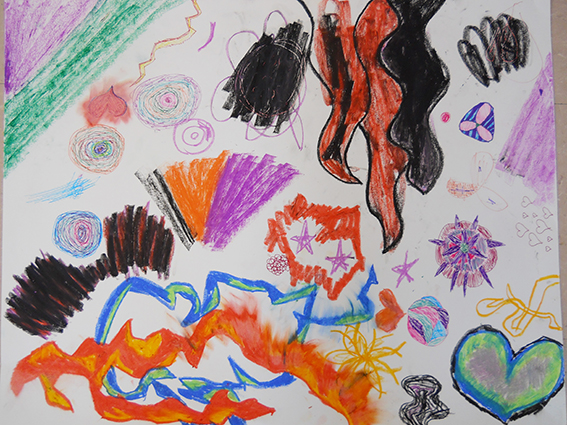
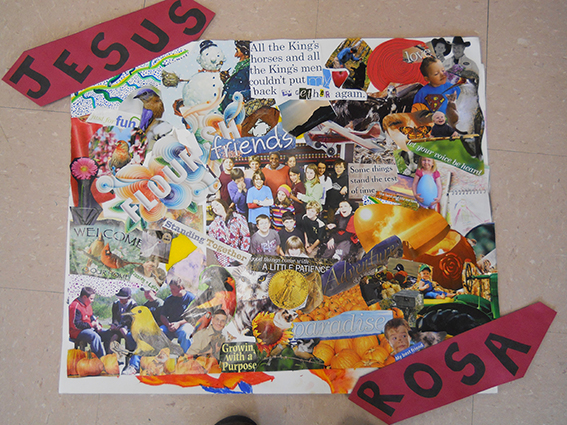
Directions
Lesson Preparation
Review the demographic data sources provided with this lesson. Select the particular demographic information you want to use with the class. As you prepare to teach this class, consider mixing students so that students with strong math skills are working with students who have less experience or different degrees of ability in carrying out key tasks and understanding of central concepts required to read and make graphs. The process of developing graphs together can help members of the group share information and gain knowledge.
Introduction
Start the class by showing some examples of charts and graphs used to present and compare data. Ask student to look at a document that shows both a visual chart and written text to present the same data. Ask students which format works best for them. Some people find text easier, but many find graphs easier because they present comparisons in images.Review some standard uses of different types of charts and graphs and any guidelines for their use. If you want to supplement this review with disability-specific examples, Matthew W. Brault’s presentation of Census data for CNN, provided with this lesson, offers good examples of common uses of charts and graphs. Other source documents provided with this lesson include examples, particularly of circle and bar charts.In addition to reviewing any rules for showing data in charts and graphs, it is good to note that reports on disability (and other social experiences) use different data sources. Because each source may use different definitions of disability, represent different age groups and populations of people and follow different data collection practices, it is important to compare information from the same data set. It is also helpful to know the scope and limitations of surveys. For example, many surveys do not include people in institutions and some do not include children.
Activity 1 ( 20 minutes )
Give individual students or small groups each a report on disability data to review and ask them to identify and write down the key facts in the report and any comparisons between groups of people.
Have them report their findings to the class: What data source is the report from? Does it say how disability is defined and who is included in the study? What information did they learn about the differences in social experiences between people with and without disabilities and between different groups of people with disabilities?
Activity 2 ( 20 minutes )
Using the different summaries created in this lesson, have students work individually or in small groups to create a chart or graph showing a selected disability-related fact or facts. Because students may be more familiar with circle and bar charts, you may want to start them with some assignments using these two formats. For example, they could use bar charts to show the percentage of people with and without disabilities in the United States and in Vermont or another state; use a bar chart to compare the employment rate of people with disabilities to that of people without disabilities; use a circle chart to show the distribution of disability experience across age groups; use a bar chart to show the percentages of people with specific disabilities in the population of people with disabilities; or use a bar chart to chart the disability and poverty rates for veterans.
Group Discussion ( 20 minutes )
After students have developed their charts and made any corrections, bring the class together to discuss their findings and their personal response to the information. Possible discussion topics include the increased experience of disability as people age, comparative data between the United States and Vermont (or another state), the distribution of disability across different social groups, any correlation between disability and employment, and the experience of disability by veterans. Ask students what — if any — key facts or observations they will take from this lesson. What skills have they learned?
Supplemental Activity
Tactile Exercise: Have students use objects to represent the percentage of people with disabilities in Vermont or the United States. Depending on the data source, the numbers of Vermonters range from 14 to 24 percent, but the experience of disability varies by age. Use the CDC or Census data provided with this lesson and help students use two different color and sized sets of beans, Lego blocks or other objects to present this distribution and other information about disability in the Vermont and the United States. They may have to “round off” the numbers but should be able to show the significant differences in the distribution of disability experience by age.
Creative Exercise: Review the standard ways to chart or graph demographic information. Ask students if they can think of other interesting ways to present specific demographic information visually or in other formats.

Resources
General Resources
The World Health Organization has a great short summary on disability around the world. Teachers could use this to begin or end this lesson or to link it with the previous lesson in Unit 3, Disability Rights Around the World. The 10 Facts on Disability can be found at who_international_factfiles_disability.
The Include lesson Learning About Disabilities in Unit 2 includes a disability data activity and related worksheet for younger students’ disability awareness activity using basic bar charts.The TeacherVision website offers free printable templates and background material to help students learn how to read and create their graphs, including circle and bar graphs. See their materials at teachervision.com/skill-builder/graphs-and-charts. The University of New Hampshire’s Institute on Disability publishes a short well-illustrated booklet “Facts and Figures, the Annual Report of Disability in New Hampshire.” This report includes Vermont data and compares disability demographics in New England states and the United States. It is available at: http://www.iod.unh.edu. The U.S. Census Bureau, the national Centers for Disease Control and Prevention and the Annual Disability Statistics Compendium websites all provide recent data on disability demographics in the United States. The definitions of disability, populations surveyed and other survey questions vary somewhat, but all provide reliable information profiling Americans with disabilities.